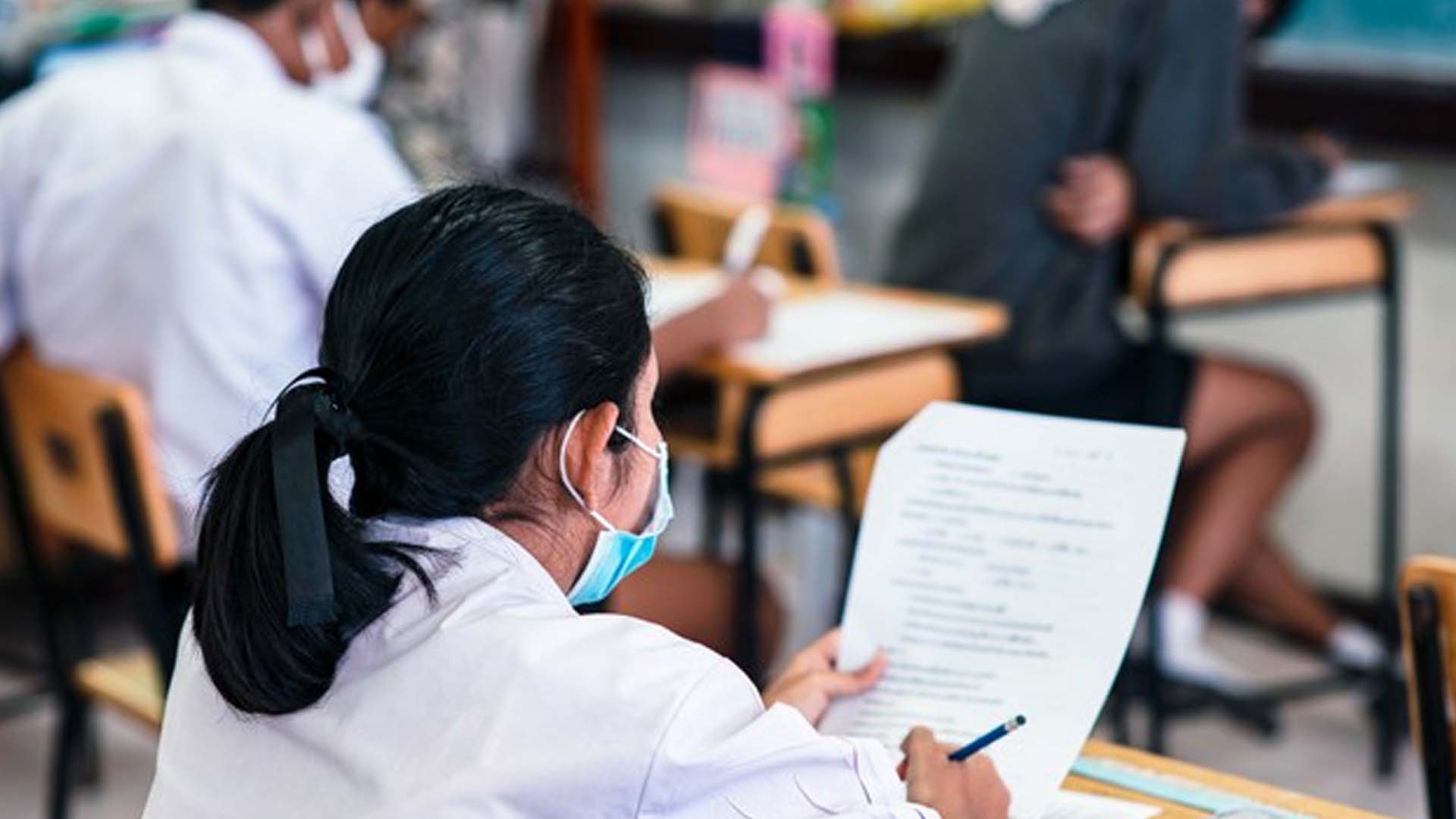President Rodrigo Duterte will allow a trial run in January of in-person classes in select schools in areas where the risk of contracting COVID-19 is low, although the learning setup, mostly done in open spaces, has been in place for months in some parts of the Philippines to help children cope with the demands of remote education.
It was the first time that Duterte approved the conduct of face-to-face classes since saying in May that he would not allow children to physically attend classes until a coronavirus vaccine is available. That led to school closures and education became home-based via self-learning modules.
But as early as October, soon after the opening of public schools, some communities that are in partnership with education coalition Synergeia Foundation have been conducting in-person tutorials, with students and teachers wearing masks and mostly in open spaces to limit health risks.
These face-to-face tutorials are currently happening in places where there are either zero COVID cases or the risk of getting it is low such as in the municipalities of San Gabriel in La Union province, Cabatuan in Iloilo, Balindong in Lanao del Sur and in parts of Maguindanao province including the COVID-free town of Paglat.
Synergeia works with more than 400 local governments across the country to lift the quality of education, pushing them to think of ways to limit any disruption in learning even during the pandemic.
The participation of students in the face-to-face classes that will run on Jan. 11-23 will be voluntary and they will need to secure the permission of their parents to join, presidential spokesman Harry Roque said, adding these classes will be done under strict compliance to safety measures.
Education Secretary Leonor Briones will pick the participating schools who will join the dry run on Dec. 28. Schools in Metro Manila, Davao City and Cotabato have decided not to be part of the two-week trial run.
Open spaces
Some communities were prompted to undertake in-person tutorials to help children struggling to grasp the learning modules on their own with their parents either working or unschooled themselves.
These areas also suffer from poor Internet connection and the unavailability of smartphones or computers in many families.
In Paglat, the face-to-face teaching sessions began in early November. Paglat Mayor Abdulkarim Langkuno says he was encouraged to act by Synergeia Foundation President Milwida Guevara following a virtual meeting with local chief executives of Mindanao just days before.
“She (Guevara) said to think of ways to help the students,” says Langkuno. “I met with all the stakeholders and this is the only solution I could think of to help the teachers, the students and the parents.”
Students in Paglat are given tutorials at least once a week. Each session runs for about two hours and covers subject areas in the learning modules that students may be struggling with or need more explaining of.
In some communities, parents are required to bring chairs for their children to limit health risks. Even with no recorded case of COVID-19, residents are still mandated to wear masks and violators are fined.
“The sessions have to be done in well ventilated areas, not in rooms. So most of the time, it’s under the trees, an open-air gymnasium or any open spaces,” said Langkuno.
Teacher volunteers
School district supervisor Paypa Serad launched tutoring sessions in Balindong, Lanao del Sur in mid-October with the help of volunteers who were her former students.
They usually pick COVID-free villages in the mountains, holding learning workshops in makeshift shelters or open areas. In a session held at a rice mill, some members of the army stationed at a nearby detachment helped tutor the kids, Serad said.
Youth volunteers, mostly belonging to the Sangguniang Kabataan, also carry out tutorials in Cabatuan town in central Iloilo province, usually in barangay halls, chapels and basketball courts.
“There should be no problem as long as the minimum health protocols are followed,” says Cabatuan Mayor Ronilo Caspe.
“We’re doing this so the students won’t return the modules unanswered or worse, copy the answers from the answer key that comes with the modules.”






















